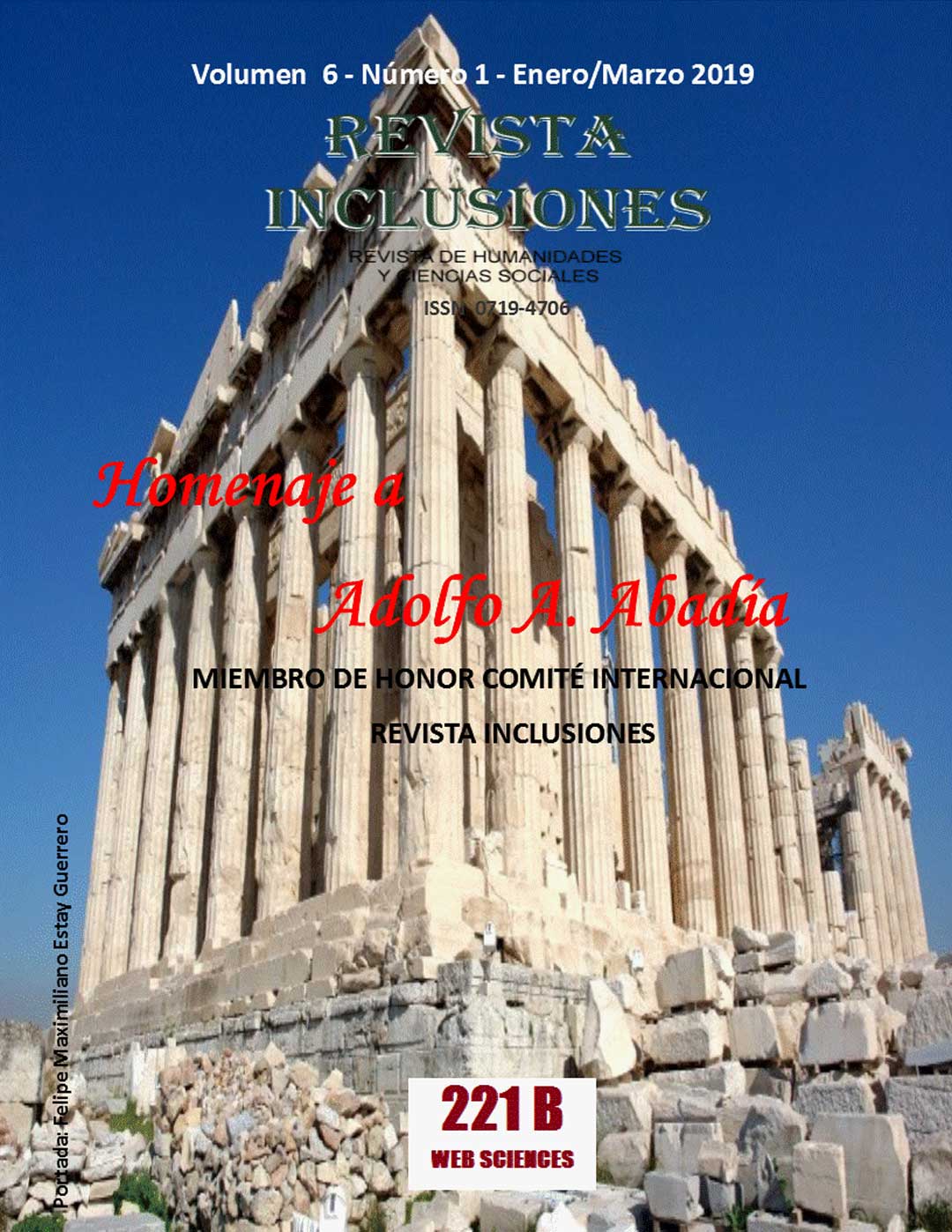FROM BEHAVIORISM INSTRUCTIONAL DESIGN TO INSTRUCTIONAL DESIGN IN THE COMPLEXITY OF HIGHER EDUCATION
Palavras-chave:
Instructional design, Complex thinking, Applied research, Higher education, Teaching-learningResumo
The instructional design (ID) had a behaviorism function from its origin in the decade of the 60's, however before the formative demands of the present and near future; and with the purpose of innovating teaching-learning practices, we seek to develop a DIfrom a model centered on the student. Currently, the constructivist model is implemented, which must be rethought towards a model that addresses the complexity where students develop complex thinking skills, problematize reality and achieve their learningin real scenarios with greater autonomy and critical thinking. As part of the problems, there is evidence of lag and dropout at the higher level, graduates face complex and changing work environments where uncertainty is the constant in the exercise of the profession. The degrees do not reach the expected levels and there are still lags that could not be resolved in higher education. The instructional design for the complex must integrate elements of interdisciplinarity, action research and the intervention of the problems in real contexts through a research methodology, a dialectical process of reflection, theory, and practice on the problems faced by students.
Publicado
Como Citar
Edição
Seção
Copyright (c) 2018 Dra. Rosa Elena Durán González, Dra. Lydia Raesfeld, Dra. Amira Medécigo Shej

Este trabalho está licensiado sob uma licença Creative Commons Attribution-NonCommercial 4.0 International License.
Los autores retienen los derechos de autor y otorgan a Revista Inclusiones el derecho de publicación bajo Creative Commons Attribution 4.0 International (CC BY 4.0). Esto permite el uso, distribución y reproducción en cualquier medio, siempre que se otorgue la debida atribución al autor.











